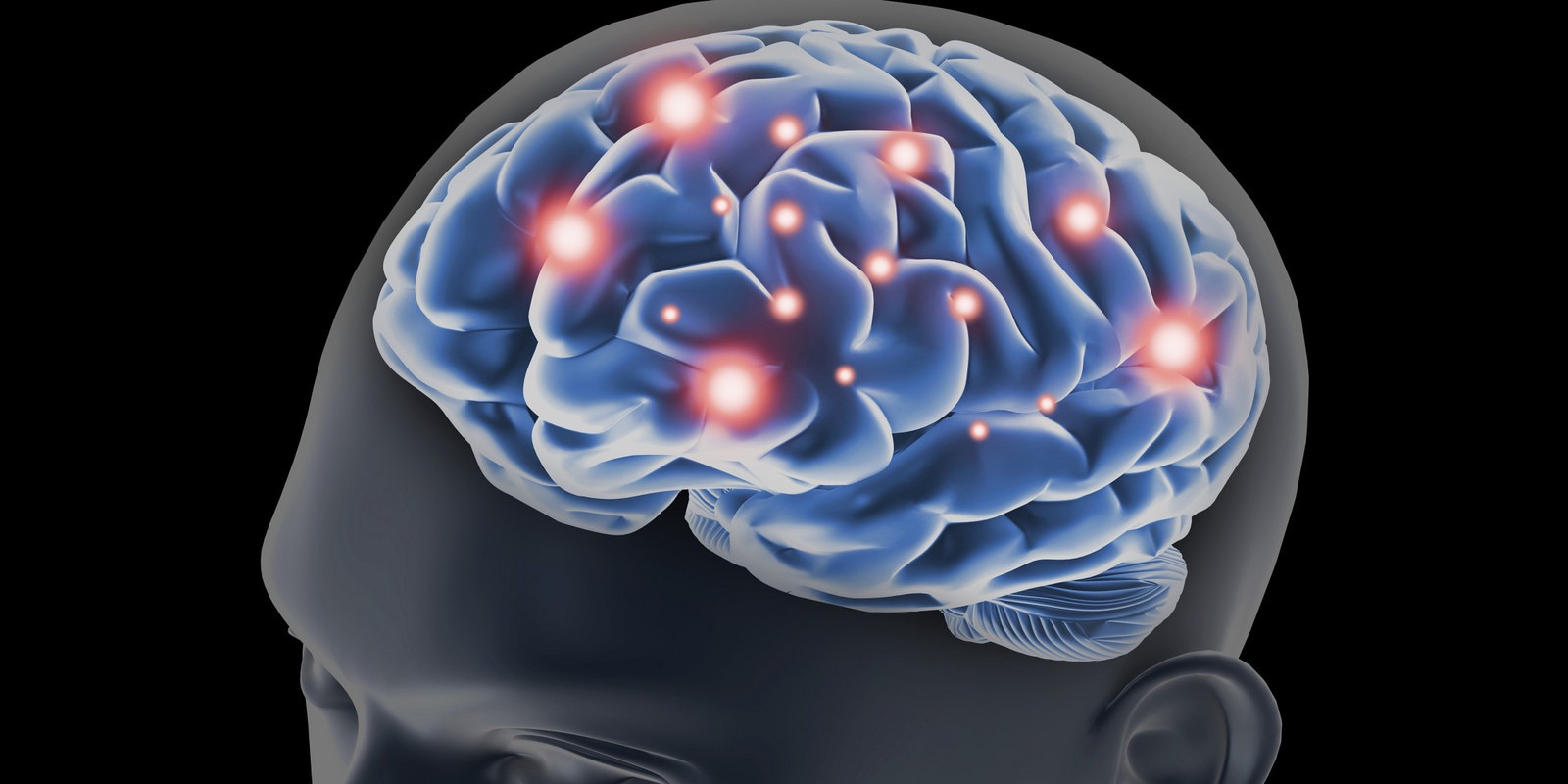
What Does Ketamine Do to Your Brain?
The human brain is the most complex and intricate entity known to mankind. It contains approximately 86 billion neurons. Alternative medicine such as ketamine can be helpful if you are experiencing emotional or physical pain that doesn’t respond to standard treatment. What does ketamine do to your brain? We will answer all of your questions below.
What Exactly Is Ketamine?
In 1962, ketamine was created as an anesthetic and licensed by the US Food and Drug Administration eight years later. Today, the medicine is still used for anesthetic purposes in small surgical procedures and for sedating disturbed or irritable patients. Over the past four decades, much of the controversy surrounding Ketamine’s efficacy in treating mental disorders such as bipolar disorder and depression, anxiety, and PTSD has been focused on the drug.
What Does Ketamine Do to Your Brain?
One of the key factors to ketamine’s potential therapeutic effects in pain control is its effect on the glutamate system. Glutamate, a brain neurotransmitter, regulates a large portion of our neurological system. Glutamate receptors may be hyperactive and you could develop long-term depression. However, ketamine works by blocking glutamine receptors. Because of its powerful anti-inflammatory properties, ketamine may be able to reduce chronic inflammation that is associated with depression.
The topic of ketamine’s therapeutic effects on the brain is hotly debated. Researchers know that some symptoms of mental illness such as anxiety, depression, and post-traumatic stress disorder have been relieved by ketamine. However, even scientists who doubt its benefits, advocate for further testing.
What Part of the Brain Is Ketamine Interested In?
Although ketamine can alter many parts of the brain, research into its effectiveness in these areas remains ongoing.
Ketamine Impacts the Following Areas in the Brain
The Medial Prefrontal Cortex
The medial prefrontal cortex is located in the frontal lobe. Persistent pain can have an impact on decision-making, self-control, risk and fear-processing, emotion regulation, and control over amygdala activities. This brain part is responsible for emotion-driven behavior.
Amygdala
The Amygdala is located in the frontal area of the temporal lobe near the hippocampus. The brain’s ability to make decisions, reward vs punishment, remember and respond emotionally to pain, is affected. This brain part is critical in the development and maintenance of emotional disorders.
Gray Periaqueductal
The cerebral aqueduct is enclosed by the Periaqueductal grey in the tegmentum.
Cortex of the Anterior Cingulate
This information is located in the frontal region of the cingulate cortex. This is where the brain does the bulk of the heavy lifting when it comes to pain. This region influences our ability to control our autonomic functions, attention, morals and ethics, manage impulses, anticipate rewards, make decisions, interpret physical pain, and emotions.
Hippocampus
The Hippocampus is located in the temporal and medial temporal lobe. This area is responsible for memory consolidation, spatial orientation, navigation, emotion, and learning. The limbic system includes the Hippocampus, which is affected by chronic pain recognition.
Accumbens Nucleus
The Nucleus Acumbens is located in the basal region of the forebrain. Here are the functions of aversion, reward, and reinforcement learning. They also play a role in the brain’s interpretation and response to addiction. According to research, the malleability of the nucleus accumbens is responsible for the transition from acute to chronic pain.
Gaba and Glutamate Levels Are Rebalanced W/ Ketamine
GABA is a relaxing neurotransmitter and another function of glutamate. Also, GABA imbalance can result in mental health problems if there are too many glutamate receptor genes. Anxiety may be caused either by excessive glutamate or low GABA. GABA and glutamate depletion can also cause depression. To correct this imbalance, ketamine works in three stages:
- Phase 1: Immediate effects. Ketamine can have depressive symptoms by affecting the brain’s opioid receptors. Patients often feel relaxed and pain-free during this stage.
- Phase 2: Long-Term Impacts. Phase two increases the activity of glutamate receptors, which helps in the restoration and maintenance of normal glutamate levels. This phase is often a time when patients feel at ease. Patients may feel invulnerable during this phase.
- Phase 3: Return to Baseline. When ketamine levels are stable, the brain reacts to them and creates new neural receptors. This may help in resetting the brain that is depressed. People who have suicidal thoughts and are depressed may find ketamine beneficial.
Request an Appointment Today
Overall, this article hopefully gave you a better understanding of what ketamine does to the human brain. We recommend seeking professional help in your area if you feel that this treatment style is right for you.
We are happy to assist you, or someone close to you with any questions regarding the clinical use of ketamine. Contact Florida Medical Pain Management now to learn more about our cutting-edge treatments!















